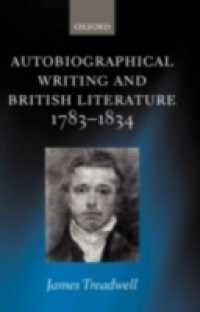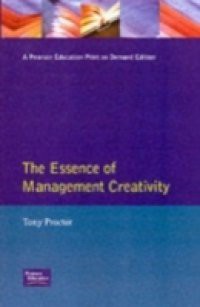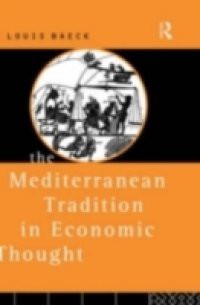The word 'autobiography' is a late eighteenth-century coinage; yet by 1826 it was used as the title for a multi-volume anthology of self-writing, and in 1834 Thomas Carlyle wrote of 'these Autobiographical times of ours'. Over the course of those few decades, readers and writers came to recognize and name a new genre. This book is the first full study of the phenomenon, examining both the conditions and the practice of autobiographical writing in Romanticliterature. Historians of autobiography have often pointed to the turn of the nineteenth century as a pivotal moment. In Rousseau and De Quincey's 'Confessions', Wordsworth's 'Prelude', and other canonical documents, it has been argued, self-writing begins to serve the purpose of expressing the individuality, autonomy, and interiority of the self. A more wide-ranging view of the actual state of autobiography at the time exposes this narrative as a misrepresentation. Self-writing does gain a new kind ofprominence around 1800; not, however, because it articulates 'Romantic' ideologies of selfhood, but because it becomes a focus of scrutiny, and of contention. The decades of the Romantic period identified themselves as 'Autobiographical times' -- but did so anxiously. This book asks: what formsdid that recognition and that anxiety take within the literary culture of the period? What did autobiography mean to Romantic readers and writers? How do autobiographical texts of the period reflect, express, and negotiate these conditions?As well as reading a wide variety of those documents, with single chapters devoted to works by Coleridge, Byron, and Lamb, Treadwell examines writing on and around autobiography: essays, reviews, and other forms of commentary. By preserving a continuous relation between the texts and their contexts, this book offers the first proper study of what is actually meant by 'Romantic autobiography'.


















